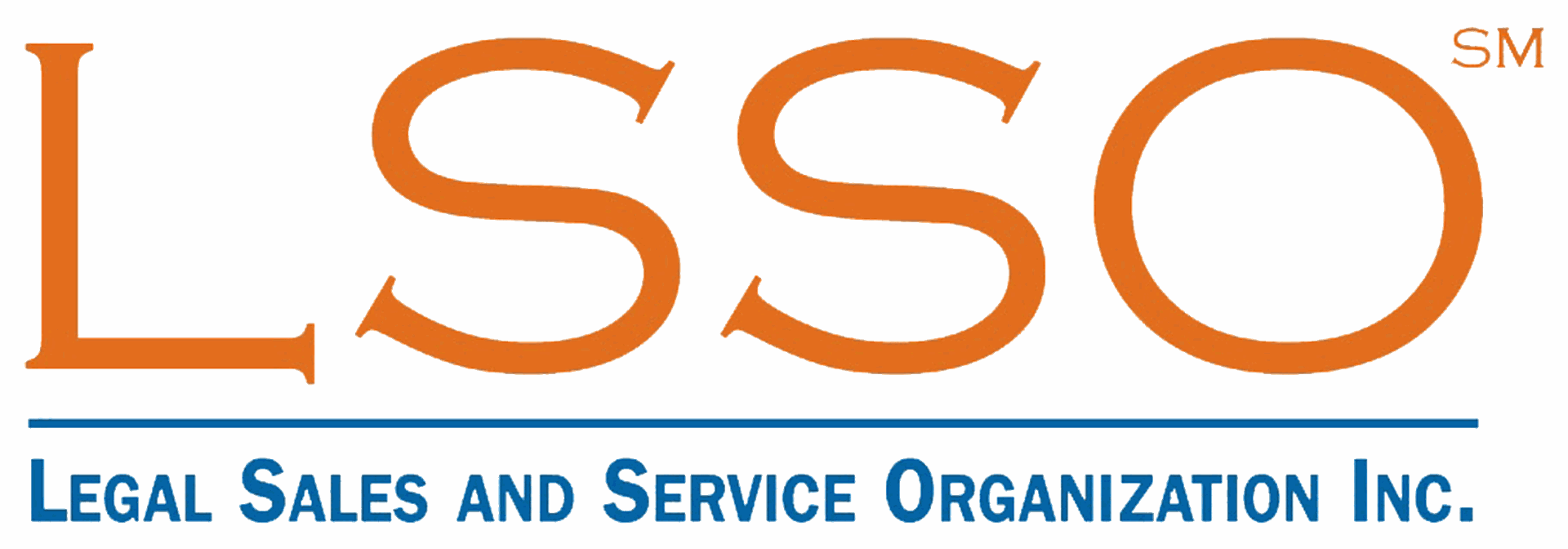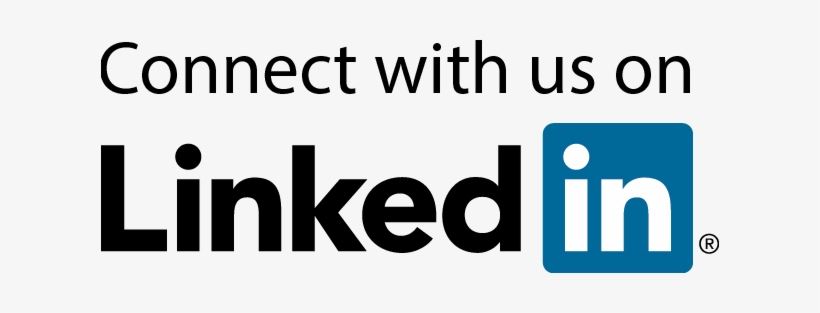By Deborah McMurray is the founder, CEO and Strategy Architect of Content Pilot LLC
The early AmLaw 100/200 firm reports suggest that many of America’s largest law firms saw increases in revenue and profits in 2017 over 2016. Some of the pre-release headlines are, “…revenue inches up,” or “…partner profits surge” or “…revenues are up 10% or 19% or to a record high or rocketed up 49%…” Yet, there are other firms that saw a tougher 2017 – “…declines in net income,” and “…a 10% drop,” and “…revenues and profits dip.” The stated reasons for growth are most frequently attributed to outside events, such as mergers, hiring of important laterals, investing in new offices and markets, and growth in non-U.S. regions. Occasionally they are attributed to a keenly focused business model and set of service offerings. For example, Kobre & Kim states, “We are trying to stay very disciplined to our model, just focusing on our specialties,” Kim said. Or as Kobre puts it, “We are staying in our lane.”
Declines and downturns are attached to a variety of explanations: fewer successful contingency cases, higher associate and other non-partner compensation, failed merger discussions, the departure of profitable partners and groups.
Where do marketing and business development fit into the discussions behind these sound-bites? How does the chief marketing and business development officer (and his or her team) become one of the drivers of the financial success that’s reported each year? If you keep up with today’s blogs and podcasts that cover the legal industry, you now have a long list of potentially expensive things you can do: new marketing technologies (proposal automation, experience management, CRM), artificial intelligence-something, strategic planning, office and market expansion, lawyer training, new client acquisition and more effectively cross-serving existing clients, a new and better website. Plus, more. These are critical and high-potential tools and initiatives, yet we know that success doesn’t happen overnight. It can take many months and years to demonstrate return on investment from any one of them.
An affordable and executable strategy
There is one strategy that seldom makes the CMBDO’s or Directors’ to-do lists, however, because it frankly has a sex-appeal problem. Strategically overhaul your content and leverage it so it works much, much (much!) harder for you.
Law firms of all sizes are prolific publishers of original content and curators of others’ material – a lot of it is quite relevant and good. Until now, too much of it has been consistently under-performing and under-achieving. Our motto is, “everything you do should drive today’s ‘3-Rs’: Reputation, relationships and revenue.” Too many law firms neglect to set this as a goal, let alone deliver on it.
Rethink your approach and investment in content
Undiagnosed inertia is an insidious killer of fresh-thinking. Because law firms are publishing weighty volumes of content on a trains-running-on-time-schedule, many marketers don’t want to throw a wrench in the production and delivery process. (“If it ain’t broke, don’t fix it.”) In addition, the “coalition of the willing” is firmly in place – i.e., lawyers with time on their hands are producing content and marketers are displaying it, both without regard for over-arching firm and practice strategy, focus or reach.
But – it IS broken. There is tremendous content-discontent, and not just by you and your lawyers – it’s also felt by your clients, prospects and referral sources. Below are two strategies to help you adjust and better leverage what you are currently doing – remember: the goal is elevated reputation, relationships and revenue.
Restructure your content the “Anatomy 101™” way
The reason that creating today’s law firm practice and industry content is so hard, painful, impossible, exasperating, dreadful, intolerable and paralyzing is that the marketers start with the lawyers as their source. It seems logical – in fact, it is logical, but with rare exceptions, it’s not working. Many lawyers don’t know what to say and how to say it so that a reader will stop in his tracks – they don’t know how to turn heads. They have no framework to help us create something that is compelling for a website, a proposal or a video.
To illustrate how you can re-frame your content so that it achieves measurable goals, we have created this infographic.

Start here, and work in this order:
- Your ears. Listen to the voice of your clients. For what are they hiring you? What are their pain-points? Opportunities? What does their 18-month horizon look like? These are your topics?
- Core. What is your firm’s unique strategy and messaging and how does it translate to your practice/industry areas and experience? How does your unique positioning strategy enable you to address what you hear from your clients?
- Your legs and arms. This is your power; your detailed matters and experience. How does what you’ve done/seen in the past make you the expert? Offer highly specific proof points that only you can provide.
- Your eyes. You have to see and know the horizon. What regulations, legislation, market upheaval, trends, etc. are affecting and influencing your opinions?
- Your brain. This is where your relevancy is tested. Are you a part of the latest conversations that cover the topics in which you are interested? Lawyers can take their historical expertise and experience and turn it into relevancy that supports today’s discussions.
- Your heart. Love your clients and work and don’t be afraid to show it. Intentionally connect with your readers – not just intellectually, but emotionally. Buyers of legal services make their buying decision on two-levels. When they are making their short-list of lawyers/law firms, they are making an intellectual or technical decision. But when they are choosing the one lawyer or firm over all the others, they are making an emotional decision – “Do I like this person? Do I trust her? Do I feel he has my back?” You have to sell on both levels.
Blow up your practice and industry content, e-blasts, articles and speeches and start over. If you tailor this formula to the medium and follow this Anatomy 101 lesson, you and your lawyers will be more productive, goal-oriented and successful tackling your content challenges.
Create a 360-degree content strategy™
We also recommend that firms embrace a “360-Degree Content Strategy,” where you are pushing and pulling content – in other words, leveraging it and distributing it – to and from all these sources. Every major practice and industry area should have its own content strategy: who are the buyers of these services? How fast do these buyers make decisions? What specifically are they buying from you? What do those buyers read and where do they spend their time?

Note that you are leveraging and syndicating content from every online and offline source, including one-to-one conversations your lawyers have with each other, referral sources, clients and prospects. (Of course, you aren’t syndicating anything that could be privileged or confidential. But, there are rich water-cooler, Starbucks-run and hallway discussions that could be quickly converted to an e-blast, tweet or blog post.)
Note, too, that “Word of Mouth” is here. A senior partner recently complained to me that his referral sources haven’t been as effective as in years’ past in terms of driving new clients to him. This lawyer had fundamentally shifted his practice from employment counseling to internal investigations but had failed to alert any of his formerly strong referrers of this change. It’s up to your lawyers to coach their referrers by providing a short script of how they guide and assist clients. Ensure that they know what you do today and the kind of work you hope they will refer you. Remember, they like you and are delighted to help you succeed. But you have to invest skin in the game for these relationships to be fruitful.
Finally, see the word “Micro-Moments” in the infographic. We all know that it’s difficult and expensive to change perceptions at a macro level, since buyers hang on to and protect broadly-held beliefs. But at the micro level, you and your lawyers have an opportunity to change behaviors and outcomes by designing touchpoints that are distinguishing, relevant and meaningful – touchpoints that turn heads. Google, in a recent study (“Micro-Moments: Your Guide to Winning the Shift to Mobile”), calls these “micro-moments” and describes micro-moments as “…the new battleground for brands. Micro-moments are critical touchpoints within today’s customer’s journey, and when added together, they ultimately determine how that journey ends.”
We want your prospect’s journey to be clear, and to conclude with a very happy and well-informed buyer hiring your law firm and your lawyers. Because that’s how this story should end.
About the Author
 Deborah McMurray is the founder, CEO and Strategy Architect of Content Pilot LLC. She is a member of LSSO's Board of Editors.
Deborah McMurray is the founder, CEO and Strategy Architect of Content Pilot LLC. She is a member of LSSO's Board of Editors.
She may be reached at mcmurray@contentpilot.com or on her cell at 972.897.4921.

